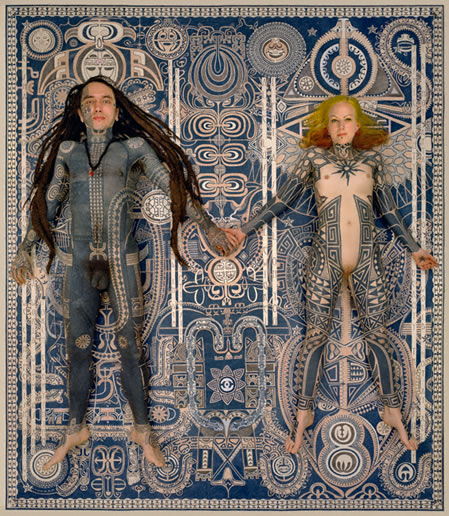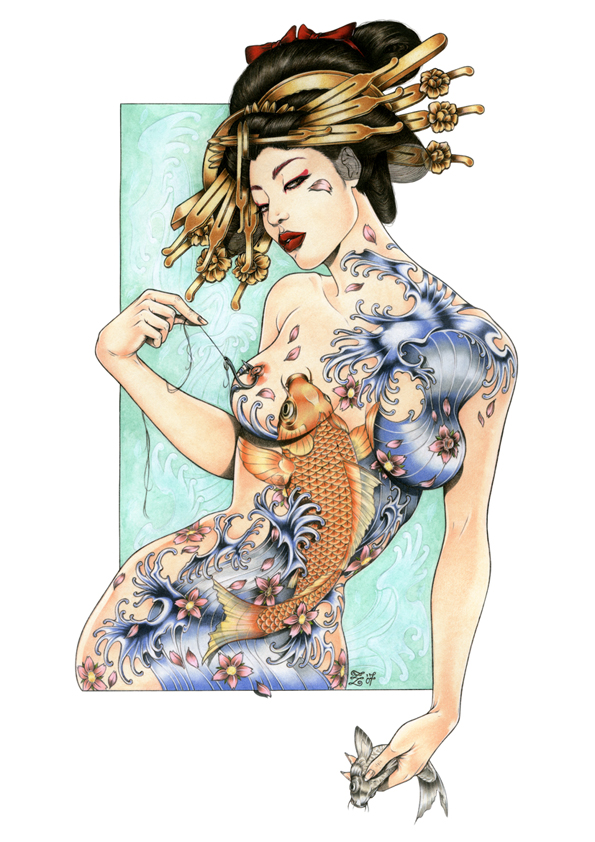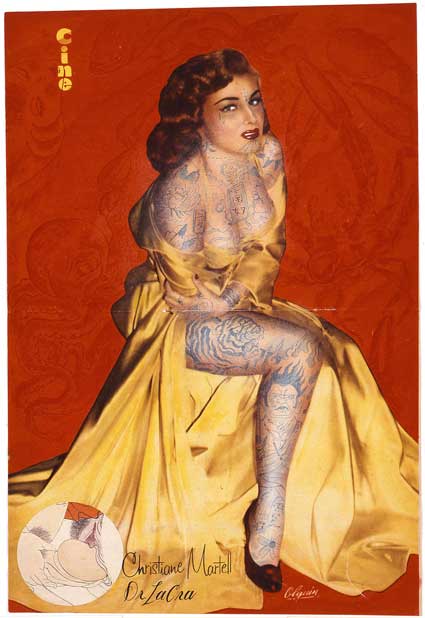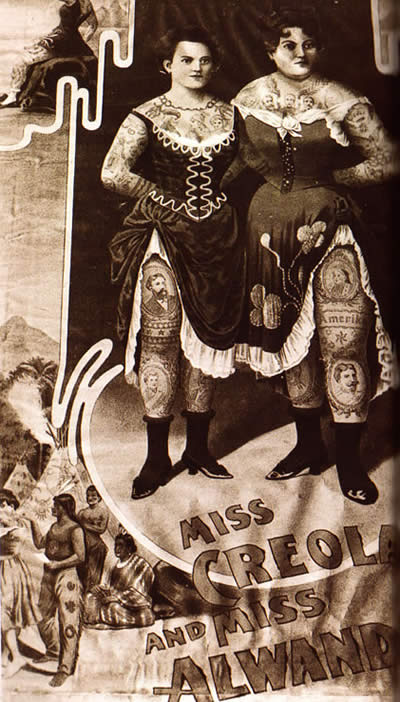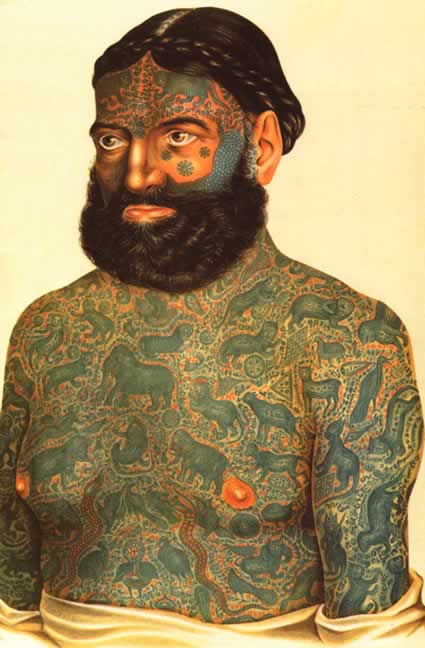
If you’ve never heard of a woman named Olive Oatman, then you’re not alone. After all, Oatman died over one-hundred-years ago in Texas, at the age of 66. You didn’t study her in your high school history class and chances are that no one ever mentioned her in any of your university or college courses either. Yet Olive Oatman lead a remarkable life.
For starters, she was the first white tattooed woman in the history of the United States. I’m not talking about some little anchor tattoo on her shoulder, either. Oatman’s tattoo was hardcore even by today’s standards: 5 blue vertical bars that ran from her lower lip to the base of her chin. What made a teenage Mormon girl do such a thing? The story of how Olive Oatman became who she became is even more interesting than the tattoo itself.
In 1851, at the age of 13, Oatman and her family set out from Illinois to California. Along the way, the family lost its bearings and ended up in what is today known as Arizona. Here they were ambushed by Yavapai Indians. Olive’s family was murdered, except for her brother (who escaped without Olive knowing), her sister Mary Ann and of course, Olive. The two sisters were taken captive by the Yavapais and became slaves for a year until they were sold to a Mohave tribe. Shortly after, Olive and her sister were tattooed by the Mohave people with the dust from ground blue stones. Mary Ann died of starvation and Olive continued to live with the Mohave people, who treated her as one of their own.
It wasn’t until 1856 that an army search was launched for Mary Ann and Olive Oatman. Olive was found after two months and brought back to live in white America. Olive was devastated by this removal from her adopted tribe. Some time later, Oatman began to sell her story and speak in public - which attracted quite a lot of fanfare, given her extremely unusual tattoo.
Olive Oatman’s story has much more to it than what I could ever hope to cover here. If you’re interested in learning the entire story from beginning to end, author Margot Mifflin has just released an entirely comprehensive book on the subject, called
The Blue Tattoo: The Life of Olive Oatman. The book’s already received rave reviews and for good reason.
source
